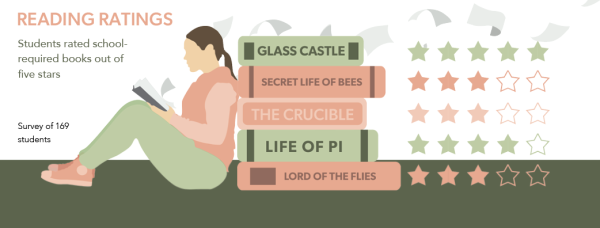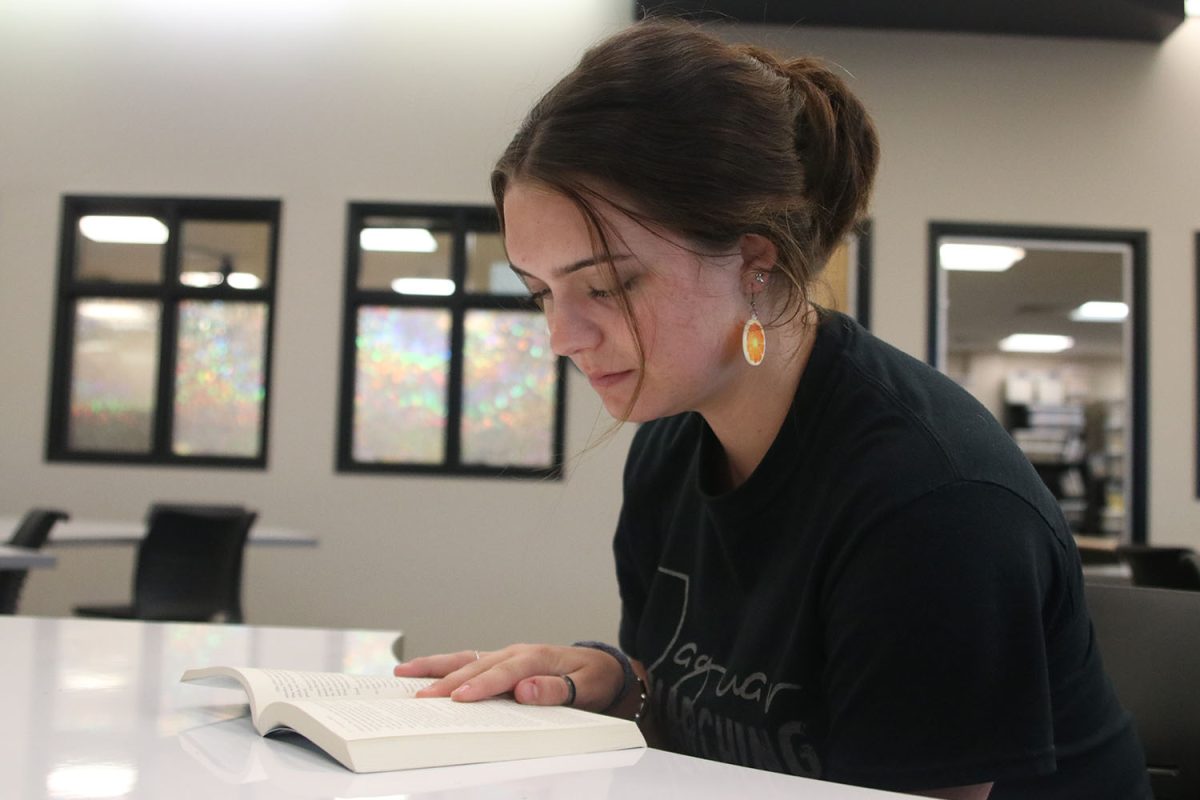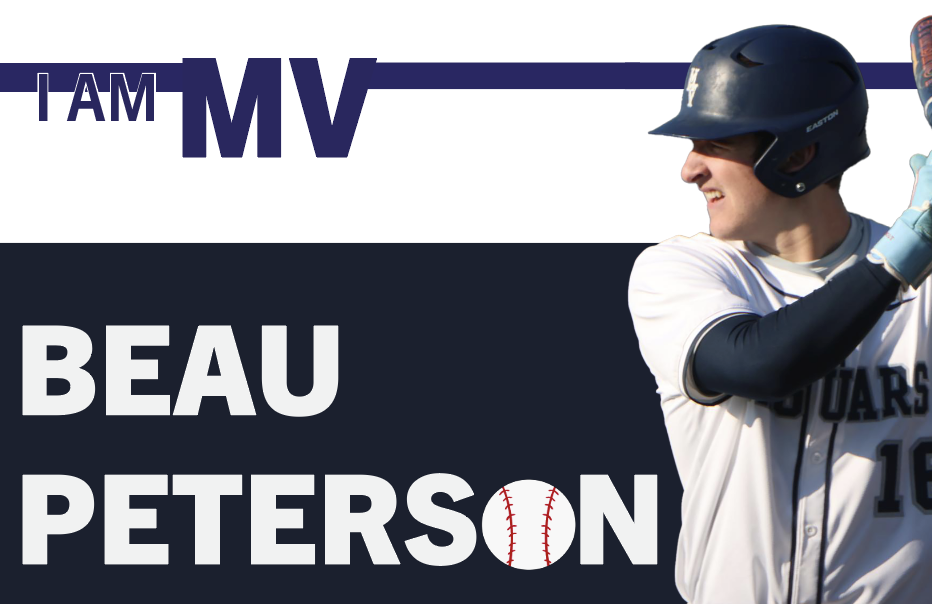Every summer, students are tasked with reading and analyzing a piece of literature for their upcoming English classes. These assignments have led students to wonder how exactly English teachers decide what to assign.
English teacher Sara Sedgwick, as well as several others, have been introducing lists of book options for projects as opposed to one assigned reading for their English classes. Extra thought has to be put into these lists, so that they all still have the same academic value.
“I look for books that are the same difficulty level so no one’s picking an easy book over a hard book, but I also look at what skill I am teaching with that book,” Sedgwick said.
In her class, English teacher Kristen Huang consistently updates assigned reading material in order to stay up to date with recent events.
“For our class, AP Language and Composition, we try to keep it current,” Huang said. “Once an article ages out, we don’t assign it anymore. We look for new ones.”
Freshman Natalie Long said that after years of being used in her English classes, older books have become overused, rather than achieving their intended impact.
“It’s obvious with those kinds of stories or books that they have been used for English teaching for years and years and years, to the point where you can only associate their name with “We read it in English class,” Long said. “At this point, you can’t actually take them for what they are. You just take them as English class readings.”
Students, including sophomore Liberty Bouskill, also prefer to be able to pick a book that suits their own interests, instead of one that has been read for years in the same classroom setting like what Sedgwick is implementing.
“[I would prefer to choose] from a list of options, 100 percent,” Bouskill said. “If you have a choice then it doesn’t feel like as much of a chore when you’re reading [the book] because you’re like, ‘Oh, I picked this. This is a book I wanted to read.’”











